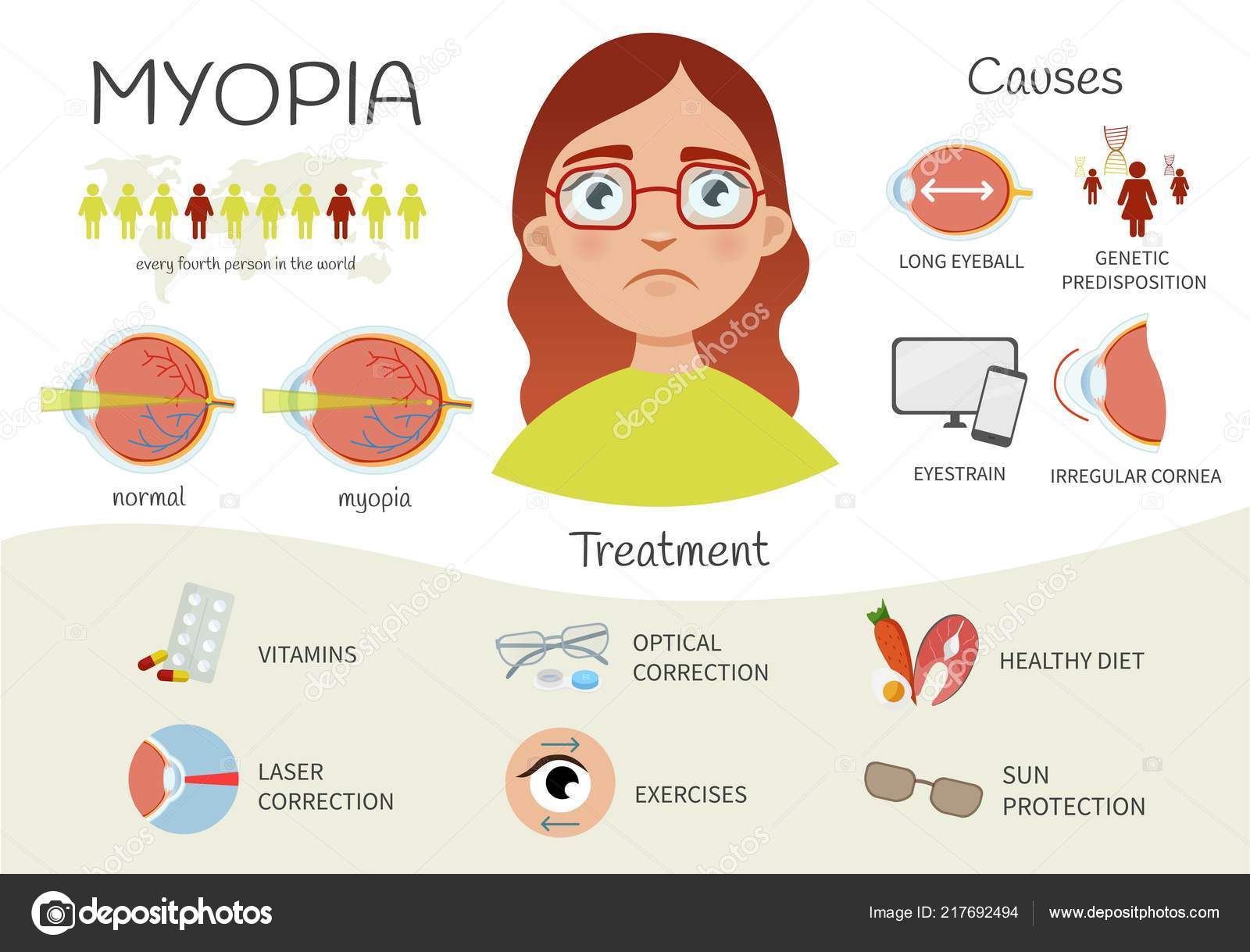Examining The Benefits And Drawbacks Of Conventional Cataract Surgery Compared To Laser-Assisted Techniques
Examining The Benefits And Drawbacks Of Conventional Cataract Surgery Compared To Laser-Assisted Techniques
Blog Article
Web Content By-Bay Duran
When considering the choice between conventional cataract surgical procedure and laser-assisted methods, you may find yourself considering the benefits and disadvantages each technique supplies. The decision exceeds the surface degree of cost and accuracy, delving into the realm of long-lasting outcomes and person complete satisfaction. As you navigate through the complexities of these 2 approaches, it comes to be necessary to recognize the nuanced details that can substantially influence your visual quality and general experience. Remain tuned to uncover the important aspects that will lead your decision-making procedure in this vital element of eye care.
Conventional Cataract Surgical Procedure Benefits And Drawbacks
When taking into consideration standard cataract surgical procedure, you might discover that it's a well-established and widely-used technique. In this treatment, a doctor makes a small laceration in the eye and utilizes ultrasound to separate the over cast lens prior to removing it. When the cataract is removed, a synthetic lens is inserted to bring back clear vision.
Among the main benefits of conventional cataract surgery is its track record of success. Several patients have actually had their vision substantially boosted through this treatment. Furthermore, traditional surgical procedure is typically covered by insurance coverage, making it a more obtainable option for numerous individuals.
Nonetheless, there are some disadvantages to standard cataract surgery too. Recovery time can be much longer compared to newer strategies, and there's a slightly higher threat of issues such as infection or swelling. best cataract surgery procedure may likewise experience astigmatism or need analysis glasses post-surgery.
Laser-Assisted Techniques Benefits And Drawbacks
Discovering laser-assisted techniques for cataract surgery reveals a contemporary approach that makes use of laser modern technology to do key steps in the treatment. One of the main advantages of laser-assisted cataract surgical treatment is its accuracy. The laser enables incredibly exact incisions, which can lead to better aesthetic end results. In addition, using lasers can minimize the quantity of ultrasound power needed during the surgery, possibly reducing the threat of issues such as corneal damage.
On the disadvantage, laser-assisted methods can be more expensive contrasted to standard techniques. This cost mightn't be covered by insurance coverage, making it less available to some clients.
Another factor to consider is that not all cataract surgeons are trained in laser technology, which might limit your alternatives for selecting a cosmetic surgeon.
Lastly, while cataract surgery during pregnancy can automate specific facets of the treatment, the surgical treatment still needs a competent cosmetic surgeon to guarantee successful results.
Relative Evaluation of Both Methods
For an extensive understanding of cataract surgery strategies, it's necessary to conduct a comparative evaluation of both typical and laser-assisted methods.
Standard cataract surgical procedure includes hands-on cuts and using handheld tools to separate and get rid of the gloomy lens.
On the other hand, laser-assisted cataract surgery uses innovative technology to produce specific cuts and break up the cataract with laser energy prior to removing it.
In regards to precision, laser-assisted strategies offer a higher degree of accuracy contrasted to standard techniques. Using lasers allows for modification of the procedure based upon each person's eye composition, possibly leading to far better visual results.
However, laser-assisted cataract surgical treatment often tends to be extra costly than standard surgery, which might limit accessibility for some individuals.
While both approaches work in restoring vision damaged by cataracts, the selection between conventional and laser-assisted methods typically relies on elements such as cost, precision, and private client requirements.
Consulting with your ophthalmologist can aid establish the most suitable technique for your cataract surgical procedure.
Verdict
Finally, when deciding in between standard cataract surgical procedure and laser-assisted methods, take into consideration elements like cost, precision, and individual requirements. Conventional surgical treatment uses a tested performance history and insurance protection yet may include longer recovery times. Laser-assisted methods offer greater precision and modification yet can be more expensive and not constantly covered by insurance policy. Inevitably, the choice between the two methods relies on what is essential to you and your particular situation.
